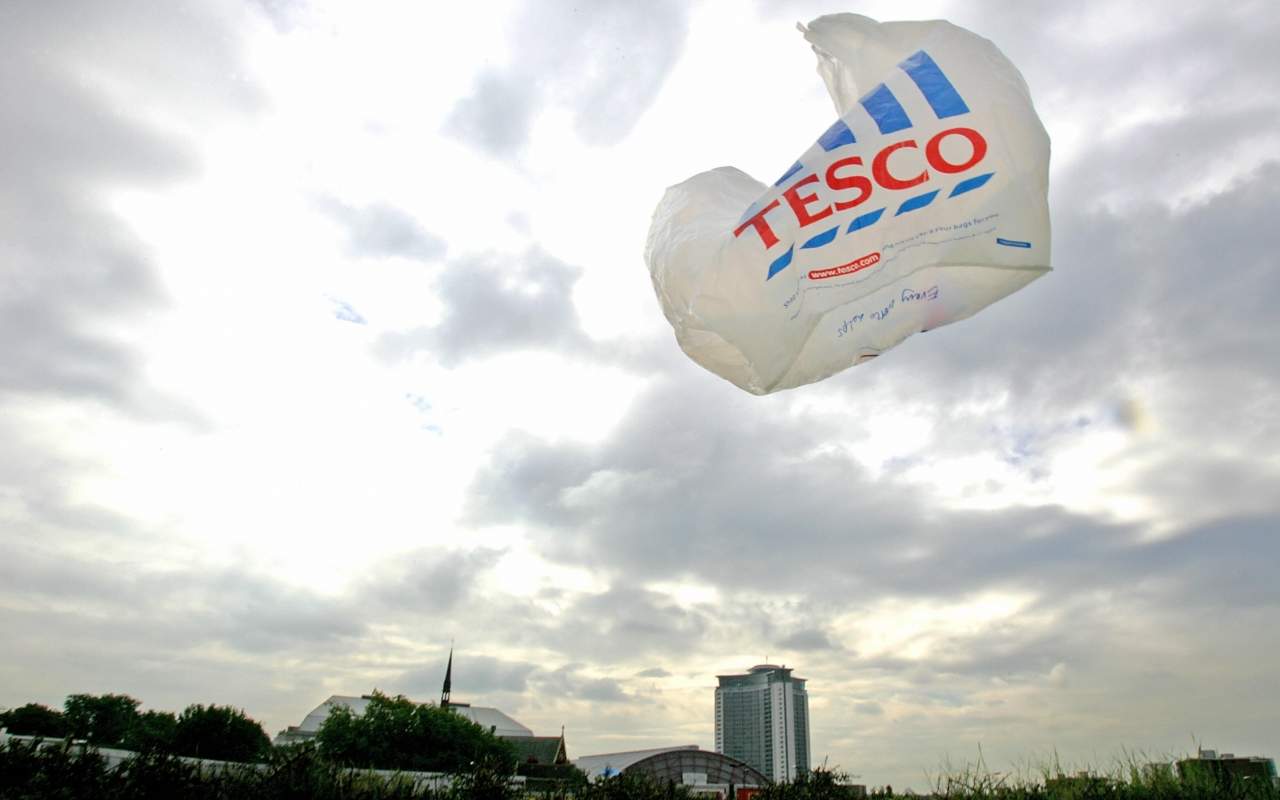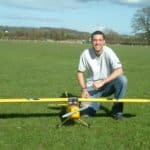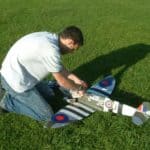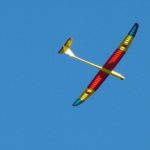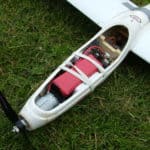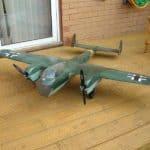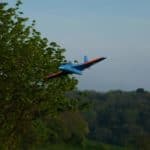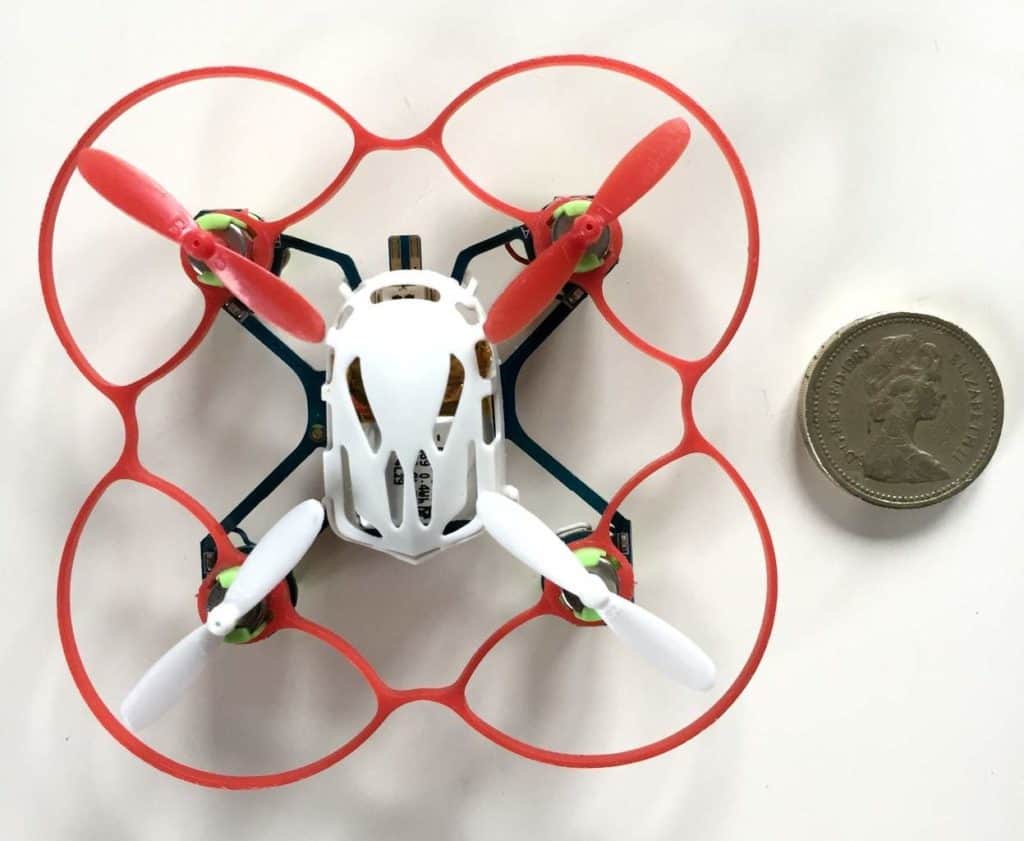Drones are now affordable and as a consequence they’re everywhere, but are they truly a risk, are they dangerous, or are we falling for media hysteria?
Why are ‘drones’ suddenly so popular?
December 25th of 2015 marked the day that ‘drones’ and quadcopters became a stylish common household item across the globe. For the first time, these flying wonders were suddenly affordable and as a consequence flying gadgets became the stylish Christmas present of choice for most kids, teenagers and adults.
A media circus erupted with tales of the wreckless use of drones, debate on “safety concerns”, daily reports of “near misses” with commercial aircraft, accompanied by calls for heightened regulation for home-pilots.
RC has been around for years…
Radio control aircraft fanatics such as myself have been flying a mixture of planes, helicopters and quadcopters for over 22 years without disaster, crisis or impacting a fellow human or their property. We may have suffered one mid-air impact between two of our own aircraft back in 2006, whilst stunt flying our brushless ‘Multiplex Twinjets’ around the sky, but nobody was harmed, besides the aircraft which even managed to fly again.
I recall fond memories from the mid-90’s, many days spent building aircraft from plan, then heading to the airfield with my father and my collection of glow-fuel (similar to 2 stroke) powered aircraft. It was a rather messy affair as excess oil from the aircraft ended up everywhere but the hobby excited me, the smoke from the glow-fuel engine as you pushed the throttle forward for take-off, the adrenaline rush (and panic) as engines would stall mid-flight, landing to refuel. Quadcopters were just a dream or theory at this time for hobbyists like me.
Replacing ‘fuel’ with ‘batteries’…
As technology moved onwards, many of us migrated from ‘fuel’ to ‘electric’ as the cost of electric motors and speed controllers decreased substantially, equally the risk reduced too because no longer were we playing with the highly flammable (but sweet smelling) glow-fuel. Luckily, we could convert many of our aircraft to electric as the weight of the engine and fuel tank generally matched that of the appropriate motor, speed controller and battery.
The move to electric power allowed RC aircraft to scale down in size dramatically, without fumes and smoke we could now fly indoors without the fear of intoxicating yourself and the family. RC aircraft started to appear largely online or in specialist model-shops, packaged as RTF (Ready To Fly), simply requiring a competent pilot.
At this time the hobby was still reserved for the fanatics as the cost to buy respective kit was fairly high. Most hobbyists flew in dedicated flying clubs, gathering in fields far from the towns/cities.
RC, meet ‘Quadcopters’…
Quadcopters arrived in early 2000, they were expensive and limited only to film, TV and hobby professionals, but as the necessary electronics reduced in cost, quadcopters quickly became accessible to non-commercial RC pilots. I recall the first time that I saw a quadcopter, I was a confused at first as it didn’t have a front, back or sides, but I soon learnt that quadcopters are generally symmetrical from all angles. I was puzzled about how you could fly it if you didn’t know which way it was facing, this also soon became clear.
Amongst the first affordable quadcopters was the Hubsan X4, now a well respected classic amongst enthusiasts. This low-cost aircraft cost less than $60 and was (still is) the ideal trainer. It lacked autonomous-features, as a result you genuinely had to be able to pilot it but this made it exceptional for honing the basics of flight, orientation and path flying. From playing with the X4, it became clear that quadcopters could be the next big thing.
The next major milestone in quadcopter evolution was the DJI Phantom which introduced GPS, autonomous flight and safety measures. ‘Return To Home’ would automatically fly your quadcopter back to your take-off spot should it lose signal or the pilot the panic. Whilst early models suffered from numerous issues, by the second, third and most recently Phantom 4 iteration, DJI had quickly established themselves as market leaders in the consumer drone industry.
With drones comes responsibility…
RC products now stock the shelves of almost all high-street stores with quadcopters and drones at the front of the shelves. This has led to a dramatic rise in the popularity of these products in most households, almost all teenagers and ‘dads’ are now more often referring to themselves as ‘pilots’ and therein lies the problem.
For the first time in many years, you can buy an RC aircraft which you can fly from your own back garden, no longer must you loadthe car with RC goodies and trek to a spacious field far out of the city, instead you can take-off from your own property or local small field and potentially fly that quadcopter up to 12,000ft away from you, piloting it via FPV (First Person View) long after it is out of actual sight, note that such flying is illegal in most countries.
https://www.youtube.com/watch?v=A6uU1LTdI8M
According to CAA, FAA and other global air-space regulatory bodies, pilots of RC aircraft must always keep their aircraft within LOS (Line Of Sight) at all times, but the complacency of most RC buyers these days leads to dismissing such regulations without consideration of the risks.
“What’s the worst that could happen…”
Some ask this question quite sincerely, without knowing just how unreliable quadcopters or their own piloting skills can be. There can be serious consequences which will land you in jail, it is surprising that ‘death by drone’ has not occurred yet, but this is the ‘year of the drone’ where they’re becoming common-place, as a result more accidents will occur.
So what can happen whilst you’re flying your drone, any of the following actually:
- Pilot error causing the drone to crash into an object/person.
- Signal error causing the drone to lose connection with it’s pilot and consequently switching to RTH (Return To Home) mode, but this can fail and cause the following:
- Drone attempts to return to the wrong location, crash lands.
- Drone runs out of battery on its return flight, crash lands.
- Drone has no obstacle avoidance and crashes into an object on its return due to insufficient RTH altitude being set, pilot error.
- Battery fails due to incorrect voltage reading, crash lands.
- Motor or Prop fails/detaches, crash lands.
In the event of any of the above, your ‘toy’ becomes a serious threat to the people or property underneath your aircraft. A Phantom 3 weights around 1.3kg and has four props spinning fast enough to propel it to over 30mph, nobody would want such a ‘weapon’ landing on their head, as this recent experiment demonstrates.
Returning to the point around accessibility, you couldn’t ever really have flown an RC plane from your own garden because of the space required to land it, a helicopter perhaps is feasible but they generally didn’t (in the 90’s) incorporate advanced flight autonomy and so most didn’t attempt this either.
With drones however such as the Phantom series, you can take-off from the smallest of gardens because it stabilises, hovers and remains in position by itself. As soon as you ascend, it’ll hover on the spot so long as it has sufficient GPS signal and with the latest Phantom 4 you even get front-facing Obstacle Avoidance (OA) to help avoid flying it into the face of one of your impressed buddies, without OA however it doesn’t always go according to plan…
Ease of flight and the simplified route into what was previously a skilled hobby has led drone ‘pilots’ to become far more adventurous than ever before in RC, piloting their aircraft towards the perimeters of airports and even flying directly above major cities, despite clear guidelines in the UK and elsewhere to avoid such spots by staying at least 150m away from what is defined as a ‘Congested Area’ by the CAA.
The carelessness demonstrated in the above recent video in addition to a clear lack of piloting skills (evident from the flying style) illustrate the confidence of some drone-owners, not only confidence in their only flying skills but also in the reliability of an aircraft for which safety checks and quality-control during manufacture are minimal. Such pilots are placing 100% trust into a potentially dangerous flying object for which have no idea whether it’ll fall out of the sky during flight or not.
So in conclusion…
As I hope that this article explains, radio controlled quadcopters, drones, planes and helicopters, they have been around for many years and had so far posed no risk to people or property throughout those years, featuring minimally in media other than to impress. With the new affordability of drones and simplified flying characteristics allowing anyone to pilot them, popularity is now on the rise.
But as illustrated above, the ‘fear’ and ‘worry’ should not be specifically focused on ‘drones’ but actually for those calling themselves ‘pilots’ and flying irresponsibly in breach of airspace, regulation and law, those few destroy the reputation of the competent and cautious majority.
Flying without consideration for others has prompted the media and public to view drones as the new ‘menace’ of society, such a view is unfair and unjustified, the only menace is the occasionally careless person piloting irresponsibly at the controls. We don’t view cars as a menace purely due to the occasional joy-rider, the same should apply to our aircraft.
Just last week, a news story broke that a drone had collided with a passenger aircraft at Heathrow, week the media have embarrassingly had to report that it was actually suspected to have been a plastic bag, not a drone.
Many of us have been flying radio control aircraft for many years, it is the responsibility of us all to ensure that we and our fellow pilots fly within the regulations of our respective country, and consider at all times the consequences of our aircraft falling out of the sky. Nobody in this hobby wants to be the first responsible for a death and imprisoned for the manslaughter of an innocent bystander.
Drone owners need to learn to fly as if their aircraft could drop out of the sky at any time, drones are not ‘air-worthiness’ tested and accredited like full-size aircraft and as a result it is essential to plan each flight-path carefully. Fly by the following rules:
- Do not overfly people unless you have their permission, this especially applies to large groups.
- Do not fly near restricted airspace such airports or sites where other flight activities take place.
- Do not fly near or overfly areas of significant importance, such as political, ministry, government or royal buildings.
- Plan your flight route before take-off, consider where you’ll fly and how you’ll return.
- Set your RTH (Return To Home) location and altitude correctly.
- Fly at all times considering what is underneath you, on the basis that your drone may fail at any moment.
- If flying primarily via FPV, always be aware of where your aircraft is in the sky, FPV can also fail as can your app/transmitter.
- Observe and abide by air-law regulation at all times.
We are all responsible for this hobby/sport and for educating our fellow pilots whom are new to the hobby. Lets keep RC safe and then we can keep our current legal rights to enjoy it.
Join the discussion now, visit our Facebook Discussion Group or comment below the article!

